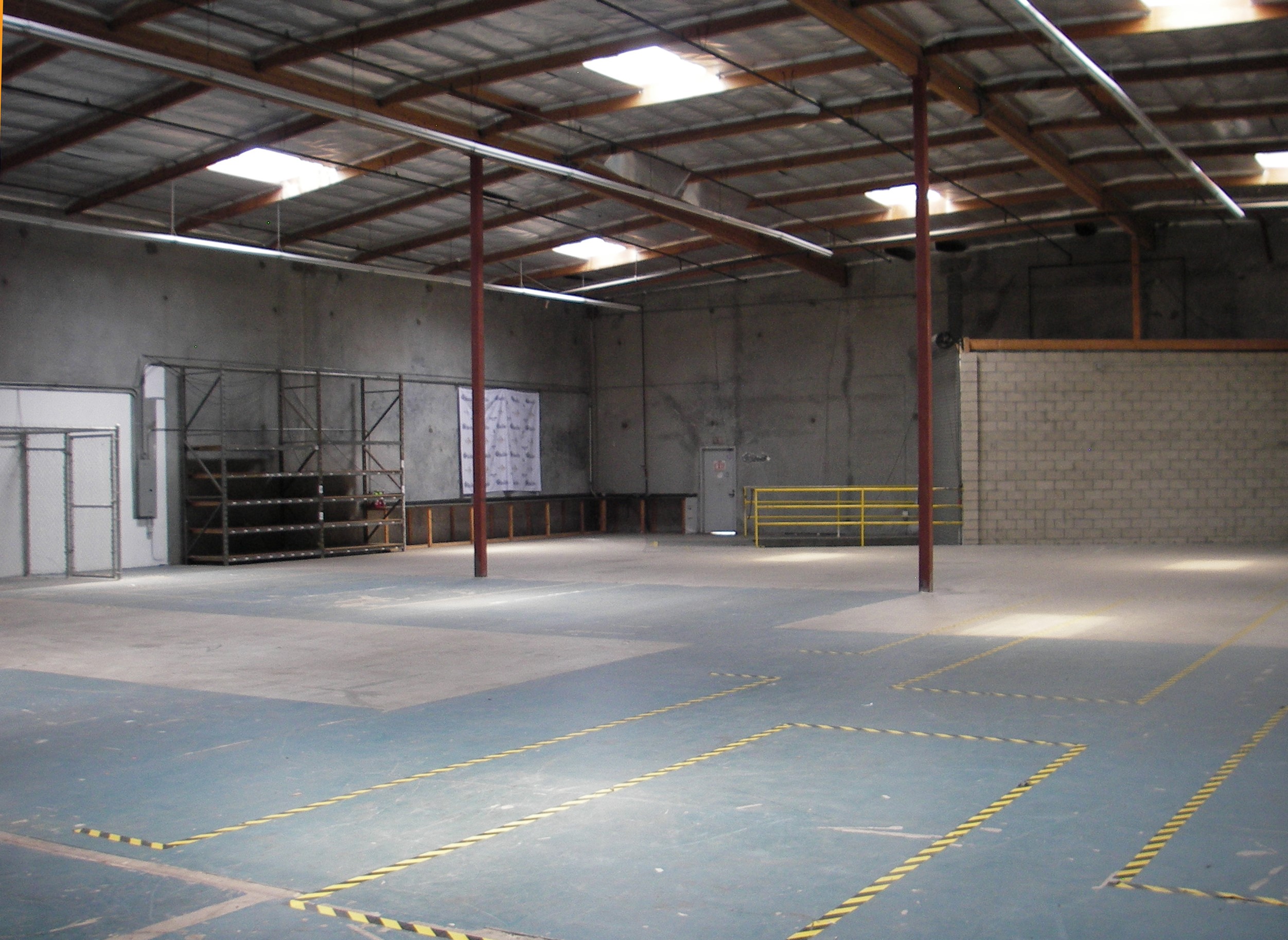In the vast landscape of industrial real estate, where every square foot holds value, the orchestration of space is an art form. Stacking plans, the blueprints guiding the vertical dimension of warehouses, have emerged as the unsung heroes of efficiency. Picture this: a meticulously organized space, where every pallet is placed with purpose, optimizing both storage and accessibility. It’s in this dance of logistics and design that the heart of industrial real estate beats. Welcome to the realm where stacking plans elevate warehouses to new heights.
Understanding Industrial Real Estate Stacking Plans:
Definition and Importance:
At its core, a stacking plan is a strategic layout that dictates how goods are stored in a warehouse. It’s the master plan, the choreographer, ensuring a seamless dance between products and space. The significance of these plans cannot be overstated. Efficiency in warehousing translates to cost savings, streamlined operations, and a competitive edge in the market.
Historical Evolution:
The journey of stacking plans in industrial real estate is a tale of adaptation and innovation. From the rudimentary storage solutions of the past to the high-tech, automated systems of today, stacking plans have evolved in response to the changing needs of industries. Understanding this evolution provides a crucial context for appreciating the sophistication of modern warehouse design.
Key Components of Stacking Plans:
Space Utilization:
Efficient use of space is the keystone of any stacking plan. Imagine a chessboard, where each move is a strategic placement of inventory. Racking systems, aisle widths, and overall layout play pivotal roles in optimizing space. It’s a delicate balance – maximizing storage capacity while ensuring accessibility for efficient retrieval.
Racking Systems:
Dive into the world of racking systems, where the choice between selective, drive-in, or pushback racks can make or break a stacking plan. Each system has its merits, tailored to specific industries and storage requirements. Understanding the nuances of these systems is key to crafting a plan that aligns with the unique needs of a warehouse.
Automation and Technology:
In the 21st century, warehouses are embracing the future with open arms. Robotics, AI, and IoT are reshaping stacking plans, introducing a level of efficiency unimaginable in the past. Automated guided vehicles (AGVs) seamlessly navigate through aisles, optimizing pick-and-place operations. The marriage of technology and stacking plans is a testament to the industry’s commitment to progress.
Designing an Effective Stacking Plan:
Workflow Analysis:
The backbone of a successful stacking plan lies in a thorough workflow analysis. Understanding the movement of goods, from entry to exit, allows for the creation of a plan that minimizes bottlenecks and maximizes throughput. It’s a meticulous examination, a surgical dissection of the warehouse’s heartbeat.
Flexibility and Scalability:
Change is the only constant in the industrial landscape. A stacking plan must be agile, capable of adapting to fluctuations in inventory, demand, and industry trends. Scalability is not just a feature; it’s a necessity. The ability to seamlessly integrate new products or adjust to shifts in demand ensures long-term viability.
Case Studies and Success Stories:
Real-world Examples:
Let’s take a virtual tour through some industrial marvels where stacking plans have transformed warehouses into efficient hubs. Company X, a pioneer in e-commerce, revolutionized its fulfillment centers by implementing a dynamic stacking plan that accommodates a diverse range of products. The result? Quicker order fulfillment, reduced lead times, and heightened customer satisfaction.
Challenges and Solutions:
Common Challenges:
Implementing a stacking plan isn’t without its hurdles. From resistance to change among staff to the initial costs associated with upgrading infrastructure, challenges abound. However, acknowledging and addressing these challenges head-on is the first step towards creating a plan that stands the test of time.
Environmental Considerations:
In the era of sustainability, industrial real estate cannot turn a blind eye to its environmental footprint. Stacking plans that incorporate green practices, such as energy-efficient lighting and eco-friendly materials, not only contribute to a healthier planet but also resonate with environmentally conscious consumers.
Future Trends and Innovations:
Emerging Technologies:
As we peer into the future of industrial real estate, a landscape defined by emerging technologies comes into focus. Drones that monitor inventory levels, AI algorithms predicting demand patterns, and smart warehouses that self-optimize in real-time – these are not fantasies but the next frontier. The symbiosis of technology and stacking plans will continue to shape the future of warehousing.
Conclusion:
In the intricate tapestry of industrial real estate, stacking plans stand as the architects of efficiency. From their humble beginnings to the technologically advanced blueprints of today, these plans are the backbone of modern warehouses. As we navigate the heights of warehouse efficiency, let us not forget that behind every pallet and every aisle is a carefully orchestrated plan, ensuring that the dance of logistics is one of precision and grace.
The journey into the world of industrial real estate stacking plans is both an exploration and an invitation. An exploration of the intricacies that make warehouses tick, and an invitation to embrace innovation, sustainability, and adaptability. As industries evolve and consumer demands shift, the role of stacking plans becomes increasingly pivotal. The million-dollar question is not just how high we can stack, but how intelligently we can orchestrate the dance of goods in the ever-changing landscape of industrial real estate.



